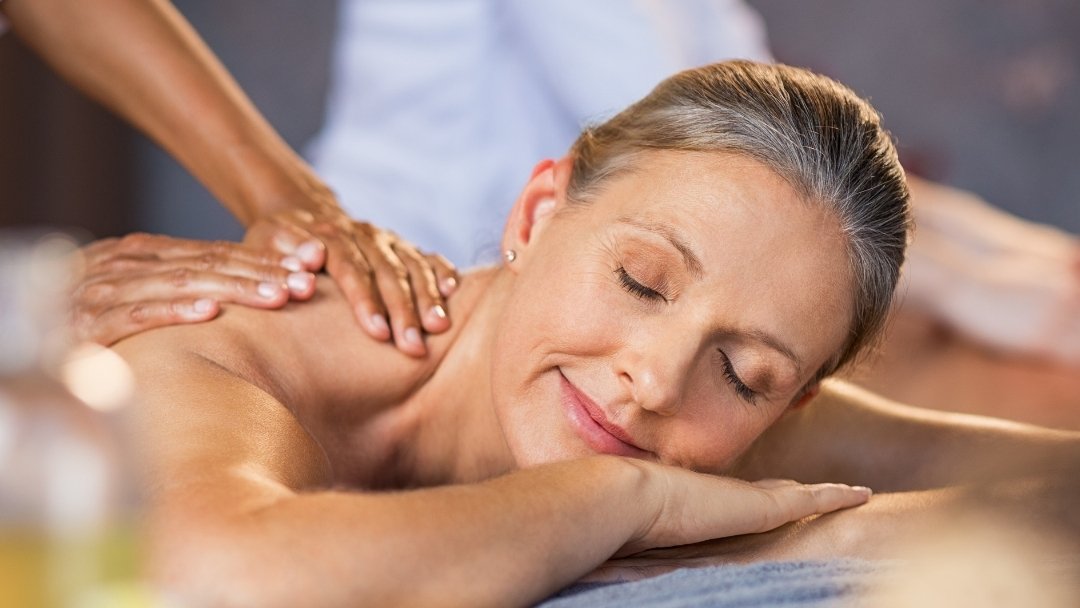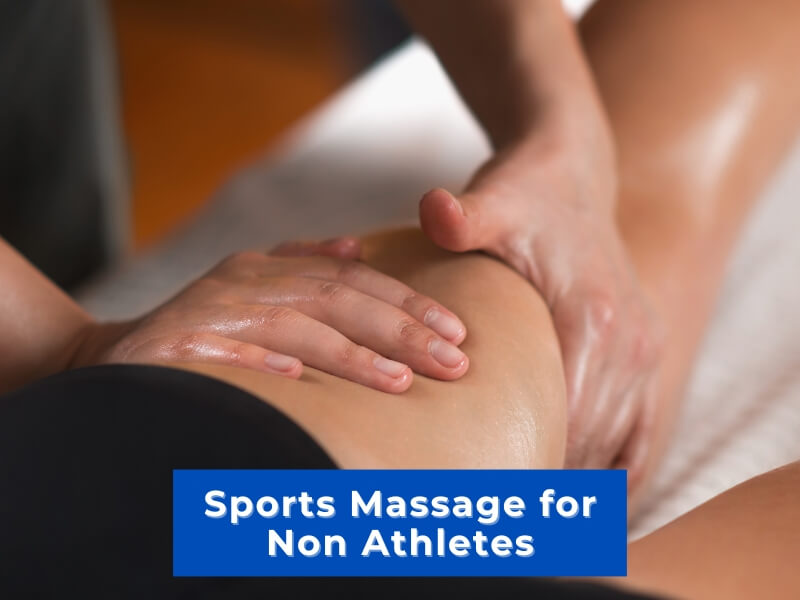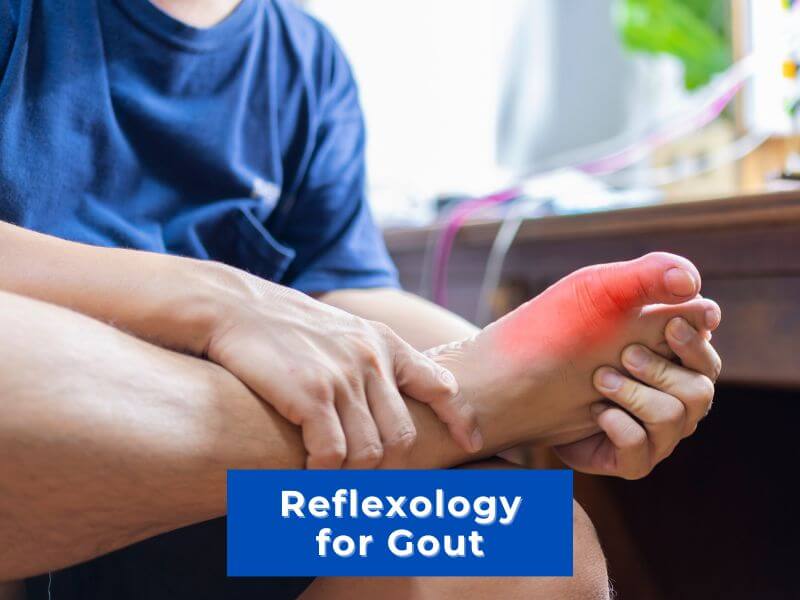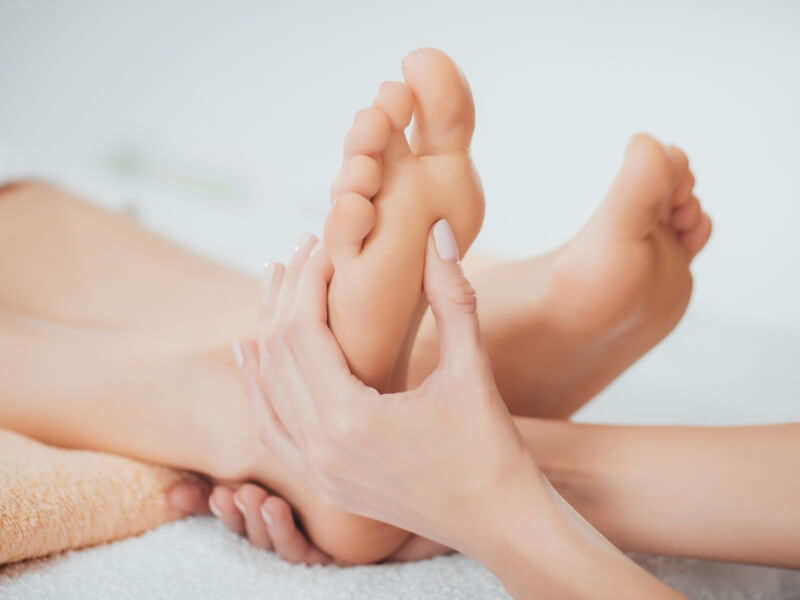When your shoulder hurts, it’s often the rotator cuff that’s the culprit. This part of your body is a team of muscles and tendons that work together to allow your arm to move in all sorts of directions. But when it gets injured, simple tasks can become very difficult. In this article, we will look at the rotator cuff, why it gets hurt, and what it feels like when injured. We’ll also examine how massage for rotator cuff injuries is a gentle and effective way to lessen your pain, help you heal faster and get you moving again.
Contents
What is the Rotator Cuff?
The rotator cuff is a quartet of muscles and tendons that envelop your shoulder joint, ensuring stability and enabling a wide range of movement of your arm. Each muscle – the Supraspinatus, Infraspinatus, Teres Minor, and Subscapularis – has a unique role in arm movement and shoulder stability. They work as a team to control every throw, reach, and lift.
Besides moving your arm, the rotator cuff’s big job is to keep your shoulder stable. It holds your arm bone in the shoulder socket so everything moves smoothly and stays in place.
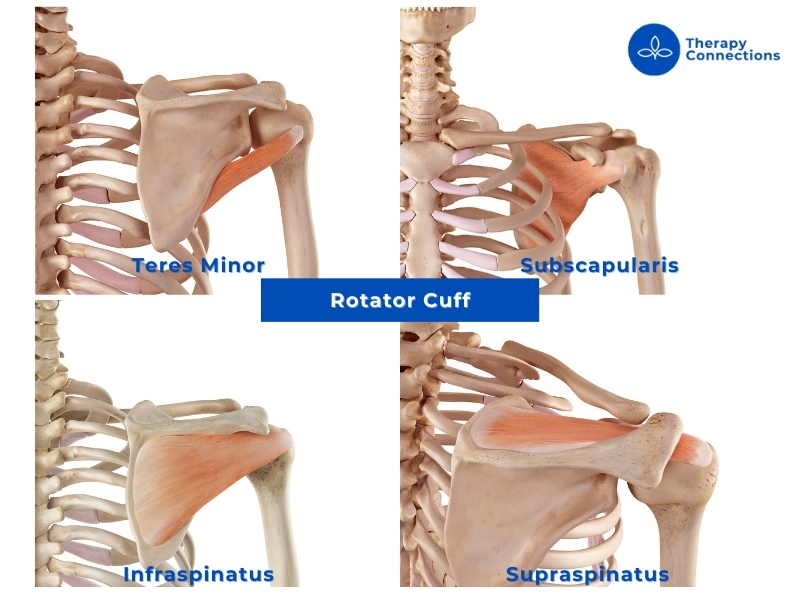
The four key muscles that make up the Rotator Cuff are:
- Supraspinatus: The supraspinatus muscle sits on top of your shoulder blade, just above the shoulder joint. It runs from the shoulder blade to the top of your upper arm bone. This little muscle starts the whole arm-lifting process. It’s like the team leader initiating the lift-off every time you raise your hand.
- Infraspinatus: The infraspinatus muscle is located on the back of the shoulder blade. It’s a thick triangular muscle that attaches from the shoulder blade to the upper arm bone. This muscle is your arm’s external rotator, helping you turn and twist your arm. It’s the one that gets your arm ready to throw a perfect pitch.
- Teres Minor: The teres minor is a narrow, elongated muscle located on the outer edge of the shoulder blade. It runs from the lower part of the shoulder blade to the upper portion of the upper arm bone. Working closely with the infraspinatus, this muscle assists in rotating your arm away from your body. It’s like the fine tuner, ensuring your arm moves just right.
- Subscapularis: The subscapularis muscle sits on the front side of your shoulder blade. Tucked in the front, this muscle works when you turn your arm inward. It’s the one you rely on when reaching for your back pocket.
Rotator Cuff Injury – Causes and Symptoms
Even the best teams can face injuries, and the rotator cuff is no exception. Whether it’s from overuse, a sudden movement, or just the wear and tear of life, these muscles and tendons can get strained or torn. The result? Pain, weakness, and a frustrating limitation in movement.
The symptoms of a rotator cuff injury can differ based on how severe the injury is, but typically, people may experience:
Pain Even When Resting: You might feel pain in your shoulder when you’re not using it, especially at night, affecting your ability to sleep comfortably.
Pain When Lifting and Lowering Your Arm: Certain movements, particularly lifting or lowering your arm, might cause pain or discomfort.
Weakness: You may notice weakness when lifting or rotating your arm, making everyday tasks like combing your hair or reaching behind your back more difficult.
Limited Range of Motion: It might become harder to move your arm, or you might feel stiffness in the shoulder area.
Crackling Noise or Sensation: You might hear a cracking noise or feel a popping sensation when moving your shoulder in certain ways.
Swelling and Tenderness: The shoulder might swell or feel tender to the touch.
Who are Prone to Rotator Cuff Injuries?
Rotator cuff injuries can affect anyone but are especially common in:
Athletes: Especially those involved in sports requiring repetitive arm movements like baseball, tennis, or swimming.
Manual Laborers: People whose jobs involve repetitive lifting or overhead activities, such as painters, carpenters, gardeners, plumbers and construction workers.
Office Workers: While less obvious, poor ergonomic setups and prolonged use of computers can lead to shoulder issues. Sitting with shoulders hunched forward or raised can strain the rotator cuff over time.
Healthcare Workers: Nurses, aides, and others who frequently lift patients may experience rotator cuff injuries due to the strain of lifting and moving people.
Ageing Individuals: As you age, the risk of rotator cuff injuries increases due to wear and tear and decreased blood supply to the tendons.
Individuals with Poor Posture: Constantly slouching or working in awkward positions can strain the rotator cuff.
In all these jobs, you can lower the chance of hurting your rotator cuff by using the right techniques for lifting objects and exercising, taking regular breaks, setting up your workspace to fit your body, and keeping your muscles strong. But, because these jobs often require doing the same motions over and over or are physically demanding, they tend to have a higher risk of shoulder injuries. If you work in one of these areas and begin to feel shoulder pain, taking care of it early is essential. This way, you can stop it from getting any worse and find the right way to heal or change how you work.
How Can Massage Help A Rotator Cuff Injury?
Massage therapy can be a soothing balm for the pain and discomfort caused by rotator cuff injuries. It’s not just about feeling good; it’s about healing and strengthening your shoulder. Let’s examine how massage can be a helpful part of your recovery journey.
Massage therapy offers a range of benefits that can significantly improve the condition of someone suffering from a rotator cuff injury. Here’s a closer look:
- Pain Relief: By targeting the affected area, massage helps reduce the intensity and frequency of shoulder pain. It works by releasing muscle tension and increasing blood flow, which can result in extra nutrients and oxygen, promoting healing.
- Reduced Inflammation: Massage techniques can help reduce swelling and inflammation, common symptoms of rotator cuff injuries. This reduction in inflammation can lead to decreased pain and improved function.
- Increased Range of Motion: Stiffness and loss of movement are common with rotator cuff injuries. Massage can help loosen tight muscles and increase flexibility, making moving your arm and shoulder easier.
- Enhanced Healing: Massage can speed up the recovery process by stimulating circulation. Increased blood flow means more healing nutrients and oxygen are delivered to the injury site.
- Stress Reduction: Dealing with a rotator cuff injury can be stressful and frustrating. Massage helps reduce stress and promote relaxation, which improves overall healing and well-being.
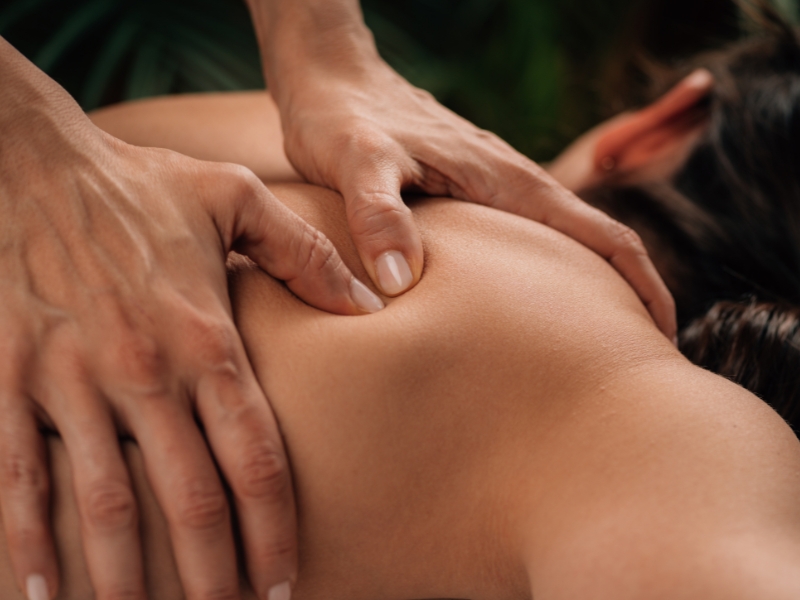
Types of Massage for Rotator Cuff
Different types of massage can address the specific needs of a rotator cuff injury. Here are some of the most effective massage techniques:
- Deep Tissue Massage: This technique targets the deeper layers of muscle tissue. A therapist will use sustained pressure using slow, deep strokes. It’s employed to dissolve scar tissue and effectively work out muscle “knots” or tight spots, known as adhesions, which can hinder circulation and lead to pain, restricted movement, and swelling.
- Trigger Point Therapy: Trigger points are tender areas in the muscle that cause pain and discomfort. Trigger point therapy focuses on these specific points, applying pressure to relieve pain and tension. This can be particularly helpful in addressing the pain associated with rotator cuff injuries.
- Myofascial Release: Myofascial release is a manual therapy technique that involves applying gentle, sustained pressure to the connective tissue (fascia) to relieve pain and restore motion. It aims to release tightness and tension in the fascia, reducing pain, increasing flexibility, and improving movement. Injuries and inflammation can cause the fascia to become tight and restricted. Myofascial release involves gentle, sustained pressure into the myofascial connective tissue to eliminate pain and restore motion.
- Swedish Massage: While not as intense as deep tissue massage, Swedish massage can benefit those with rotator cuff injuries by promoting relaxation and circulation. It’s often used as part of a broader treatment plan, especially in the early or late stages of recovery.
Tailoring Your Massage Therapy
Every individual’s injury and pain are unique, and so should their treatment should be. An experienced massage therapist will assess your specific condition and tailor the massage techniques accordingly. They may focus on:
- Intensity and Focus: Adjusting the pressure and techniques used to suit the severity of your injury and your pain tolerance.
- Frequency and Duration: They’ll work out how many sessions you should have and how long each one should be to help you the most.
- Combination with Other Therapies: Massage often works best when it’s part of a bigger plan. This might include doing specific exercises, going to physical therapy, or using heat or cold on your injury.
How Massage Can Help Prevent Further Injury
Once your shoulder starts to get better, massage can also help prevent future injuries:
- Maintaining Health: Regular massage keeps the muscles and tendons around your shoulder healthy and flexible.
- Better Posture and Movement: It can help improve your posture and the way you move, which can prevent future injuries.
Massage therapy offers a tailored approach to healing and managing rotator cuff injuries. Massage can be a valuable part of your recovery and prevention strategy by addressing specific issues and promoting overall shoulder health. So, if you’re looking for a way to help your shoulder heal and stay strong, consider the targeted relief that massage for rotator cuff injuries or tears can provide.

